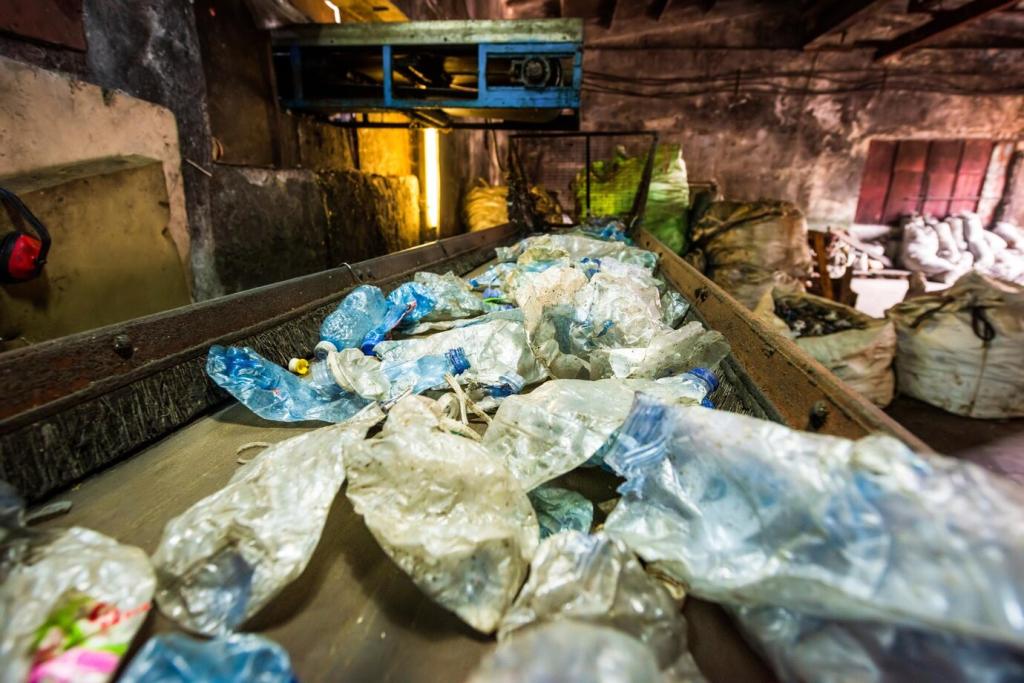Evaluating Energy Consumption in Your Household
Start With the Numbers: Bills, Meters, and kWh
Decode Your Utility Bill
Your bill is a map: rate per kWh, supply charges, taxes, tiers, and time-of-use windows. Highlight them, calculate your blended cost, and comment with your rate structure to benchmark against peers.
Read and Log Your Meter
Take morning and evening photos of your meter for one week, recording kWh differences. A simple log reveals patterns from showers, cooking, or gaming. Share your first week’s curve and ask questions openly.
Build a Baseline
Average daily usage across thirty days, adjust for weekends and weather, and set that as your baseline. Revisit monthly to spot true change. Post your baseline and your first improvement target.

Spot the Energy Hogs
Start with refrigerators, dryers, electric water heaters, space heaters, and older plasma TVs. Check nameplates for watts and amps, multiply by hours used, and prioritize. Maya’s aquarium heater was her quiet, costly culprit.

Use Smart Plugs and Monitors
Plug energy monitors log kWh per device, revealing standby draw and peak habits. Pair with automation to nudge shutdowns at bedtime. Tell us which device shocked you most after a week’s data.

Standby and Phantom Loads
Game consoles, cable boxes, printers, and chargers sip power constantly. Use switched strips, auto-off settings, and scheduled outlets. Share your new standby routine and the monthly kWh it trims from your baseline.
Lighting and Behavior Tweaks That Stick
Replace bulbs by lumens, not watts, aiming for high lumens per watt. Choose warm light for coziness, cool for task spaces. One reader swapped hallway bulbs and cut lighting use by eighty percent.


Lighting and Behavior Tweaks That Stick
Thermostat overcorrections, long preheats, open refrigerator browsing, and lights in empty rooms inflate usage. Pick three habits to change this week and track results. Print our checklist and report your favorite win.

Heating, Cooling, and the Envelope
Set small, consistent setpoint changes and use schedules. Heat pumps prefer steady adjustments; resist “turbo” swings. Time-of-use plans reward preheating or precooling. A two-degree change saved me seven percent last February—share your experiment.
Hot Water, Laundry, and the Kitchen
Set your tank to 120°F, insulate accessible pipes, and use vacation mode during trips. Nina cut fifteen percent after fixing a mixing valve. Comment with your model and we’ll suggest targeted checks.


Create a Simple Dashboard
Use a spreadsheet or app to log weekly kWh, costs, and degree days. Graph trends, annotate changes, and set monthly targets. Subscribe to get our starter template and a gentle reminder each Friday.

Translate kWh Into Money and Carbon
Multiply kWh by your blended rate for cost, and use your utility’s emissions factor for carbon. Celebrate every ten percent reduction. Comment with your conversion numbers so readers can compare across regions.
Evaluate total cost of ownership: purchase price, efficiency, maintenance, and expected lifespan. High-SEER heat pumps or induction ranges may pay back quickly. Ask us about your shortlist and we’ll model scenarios together.
